In this article, I’m going to be covering the most important things to address in the first four-week training block, when training for Peaks Challenge Falls Creek
The fundamentals of training for this event
Before I get into it, I wanted to discuss the fundamentals of training for this event. The ride will, on average, take between ten and thirteen hours.
During the ride, you’ll be doing a lot of climbing, over 4,000 meters, which is made up of the following major climbs:
Tawonga Gap will take you on average between 28 and 35 minutes to climb:
Mt Hotham will take between one hour forty and two hours twenty to climb.
While the back side of Falls Creek will take you around two hours and two hours forty-five.

What to focus on with your training towards the Peaks Challenge Falls Creek
As you gear up for the Peaks Challenge Falls Creek, focusing on your training is crucial. This endurance event demands extensive climbing, emphasising these key goals in your initial four weeks of preparation:
-
- Building a Strong Aerobic Base: Establish a solid foundation through regular cycling to enhance endurance.
- Developing Hill-Climbing Efficiency: Lay the groundwork for strength and efficiency in tackling steep inclines.
- Emphasising Volume Over Speed: Prioritise longer sessions over high-speed workouts, accommodating busy schedules effectively.
With family and work commitments, it’s important to make your training as effective as possible. In the first month, aim for about nine to twelve hours of training each week if you plan to finish in under thirteen hours. If you’re aiming for a sub-10-hour ride, target thirteen to fifteen hours of training each week.
- Weekend Endurance Rides: Focus on low-intensity rides with significant hill climbs.
- Midweek Interval Training: Incorporate indoor sessions for pedalling technique and recovery.
- Off-Bike Strength Training: Supplement cycling with yoga or specific strength exercises.
Why you shouldn’t do too much speed work early on in your training
It’s not the time to sit in fast-moving bunches along flat roads or do short, high-intensity efforts on a home trainer. Also, it’s not the time for High-Intensity Training (HIT). Since they became popular in the 2010s, plenty of HIT programs have been available. This training method has been enthusiastically adopted by trainers who advocate the “no pain, no gain” approach.
However, much research has been done in recent years that determined that building a strong base through low-intensity aerobic Training and long-interval training is more efficient at improving overall fitness. This was a popular training method in the 1980s and is having a resurgence today.
Don’t get me wrong. There is no doubt that HIT training makes you fast, and there is a time and a place for it, but it doesn’t build aerobic endurance. That’s why the first four weeks of your training are better focused on building a solid foundation of aerobic base while working on good hill-climbing technique, because that’s what you’ll be drawing upon in the latter half of the ride for the Peaks Challenge Falls Creek.
Many cyclists make the mistake of introducing speed work too early into their Training for the Peaks Challenge Falls Creek. First, you’ll want to focus on building your endurance so that you’ll be fit enough to finish the event. Then, once you have your endurance, you’ll want to start working on building your speed.
Functional Threshold Power (FTP) and Endurance
Another area where I see cyclists go wrong is focusing on improving their Fu
nctional Threshold Power (FTP). They think the bigger their FTP, the better their Peaks Challenge Falls Creek ride will be. Don’t get me wrong; FTP is important, but not as important as you think for your Peaks Challenge Falls Creek training.
While FTP is a metric used to measure performance, remember it measures your average power over sixty minutes.. And it will take you a lot longer than sixty minutes to complete the Peaks Challenge Falls Creek event. Most cyclists who fail to complete the event do so not because they didn’t have a high enough FTP but because they didn’t build enough endurance to maintain enough power for the whole ride. So, there’s a big difference between your sixty-minute power (your FTP) and what you can sustain for 8+ hours on a ride that includes over 4,000 vertical meters of climbing.
Let’s put this into perspective.
I finished my first Peaks Challenge Falls Creek event in just under 11 hours with an average ride power output for the whole ride of 112 watts! Now, 112 watts was well under my FTP at the time.
So, once you have your endurance sorted, you’ll want to focus on improving your average power output for three, four, five, and six-hour
The basic building blocks of the Peaks Challenge Falls Creek Training
So here are the basics of the Peaks Challenge Falls Creek Training:
- The basic training schedule includes an indoor session on Tuesday and Thursday, recovery rides on Wednesday and Friday, and Monday as a rest day. As most of us have the weekend available for longer rides, that’s when we get out and build the bulk of our aerobic base.
- During the recovery rides, cyclists maintain a low intensity (able to hold a conversation) and a higher cadence rpm.
- The specific long-interval low-cadence indoor training is done preferably on a home trainer. The longer intervals are done at a medium intensity (breathing hard but not breathless) at lower cadences. Focus on developing a good, efficient hill-climbing pedalling technique and a stable core.
- The weekend rides consist of getting out and riding the hills while putting together the hill-climbing technique you have developed during the week.
- Finally, it’s important to do body maintenance and off-bike functional strength training. Yoga is a great way to do this, as are cycling-specific functional strength and mobiliser exercises.
- If you have additional time to train, do a light one-hour ride on Mondays and Wednesdays or Wednesdays and Fridays. Remember that the progressive build and consistency in your training are important. So do these rides at a low intensity to save yourself. That way, you can do the Tuesday and Thursday rides while still fresh. If you don’t take it easy on these additional rides, you’ll end up burning yourself out as you progress through your program.
Get your free training program.
I have developed your Free Peaks Challenge Falls Creek training program to progressively overload your body and provide the stimulus to enhance your fitness readiness for the Peaks Challenge Falls Creek. This program aims to train you to complete the Peaks Challenge Falls Creek in either 13 or 10 hours.
We always build strength before we start building speed, so it’s no surprise that the first four weeks of the program are set up specifically to help you start building your “on-bike strength” and your core strength as a foundation for building your climbing strength later on in the program.
This is important as your overall finishing time for the Peaks Challenge Falls Creek is governed by how fit you are for long events and how well you can maintain a good speed on the major climbs.
What sort of hill-climbing should you do
I recommend that you start building your fitness by working towards riding up the longest and hardest climbs in your area. While living in Mansfield, my Peaks Challenge Falls Creek training started by building strength on the local hills, specifically “Old Tolmie” and Mt Buller. Both were critical Peaks Challenge Falls Creek training in the lead-up to a sub-10-hour ride for the event
Some of the components of our detailed training program
While we offer a free training program that I highly recommend you download, I recommend purchasing our detailed Peaks Challenge Falls Creek training program packages. These packages include off-the-bike strength training and are compatible with all training platforms, including Zwift, TrainerRoad, and others.
Sub 13-Hour Training Program for Peaks Challenge Falls Creek Event
Sub 10-Hour Training Program for Peaks Challenge Falls Creek Event
In it, the first four weeks focus on getting you into a regular training schedule, focusing on building strength.
The four key components are:
- The 010 – Hill Climber Cadence Steps E3 indoor training workout is a specific indoor training session that you can also do out on the road to help you develop leg strength.
- The Matt Brindle Functional Strength Training—This is core and strength training done off the bike to help you develop the strength that will assist you later in this program in improving your comfort, speed, and sustained strength endurance on the bike.
- The 002 – E3 Strength Endurance Ergo—This specific indoor time trial training session also translates well to road cycling. It initiates converting muscle fibres from type IIb to type IIa, enhancing cycling speed.
- The specific targets for hill-climbing distances and vertical meters for the weekend rides.
Where to get the Detailed Training programs:
We offer two detailed training programs for the Peak Challenge Falls Creek event. One for a sub-13-hour ride and the other for a sub-10-hour ride. They support all training platforms, including Zwift and TrainerRoad, and you can load them into your Training Peaks account. They come with over nine hours of training videos and unlimited email support.
Most cyclists who work through our training program see results within four weeks. Oh, and they will take the guesswork out of your Training for the Peaks Challenge Falls Creek and help you get to the start li
ne in the form of your life with a minimal impact on your work and family commitments. And the reason for this is simple: we have been tuning and improving on them since 2014!
Click here to find out more about our exclusive and detailed Peaks Challenge Falls Creek training program packages:
Sub 13-Hour Training Program for Peaks Challenge Falls Creek Event
Sub 10-Hour Training Program for Peaks Challenge Falls Creek Event
Images and statistical analysis provided by Michael Bruce

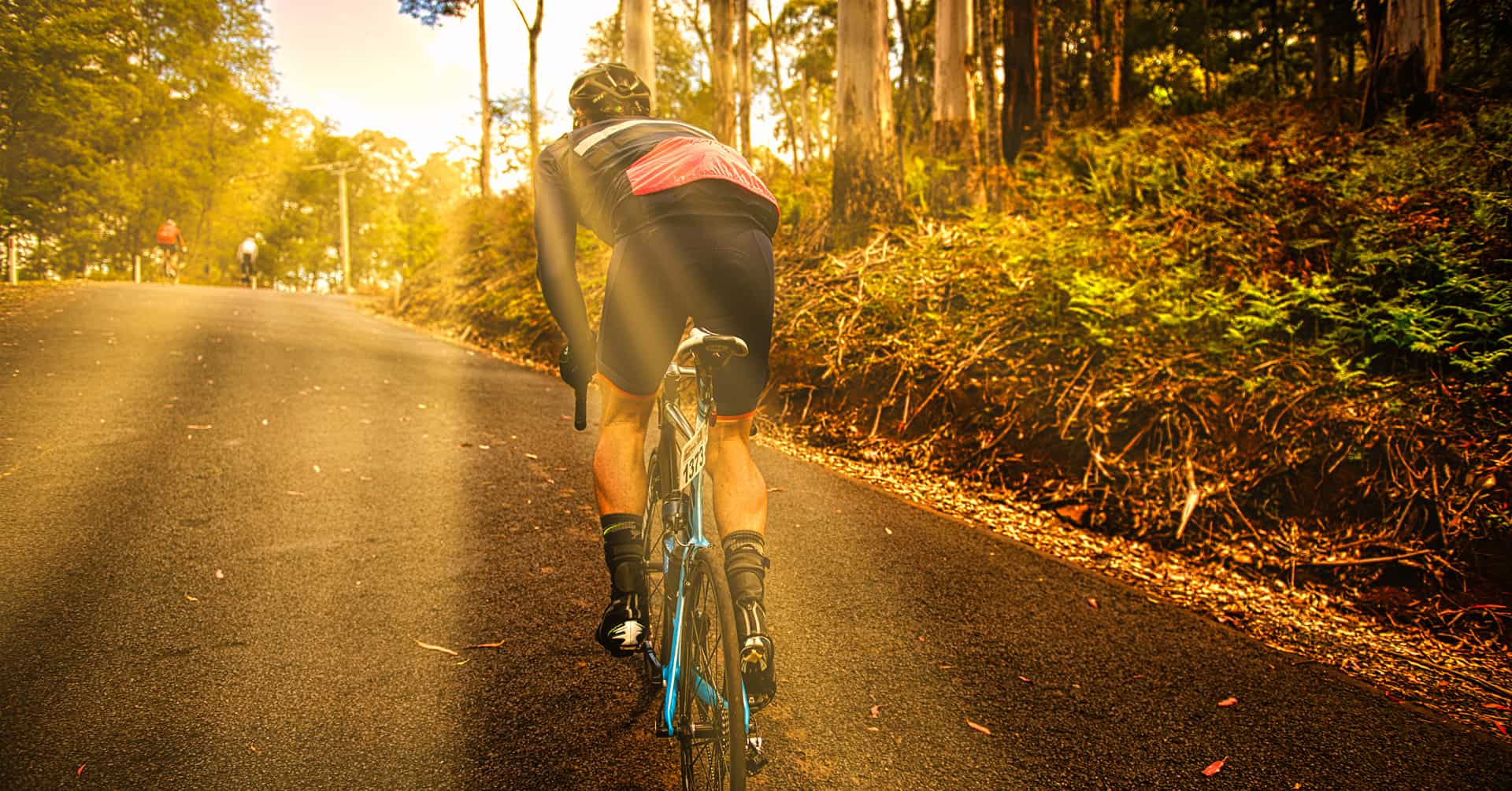
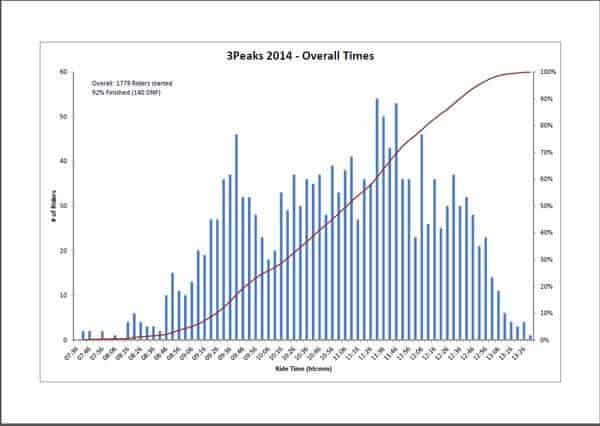
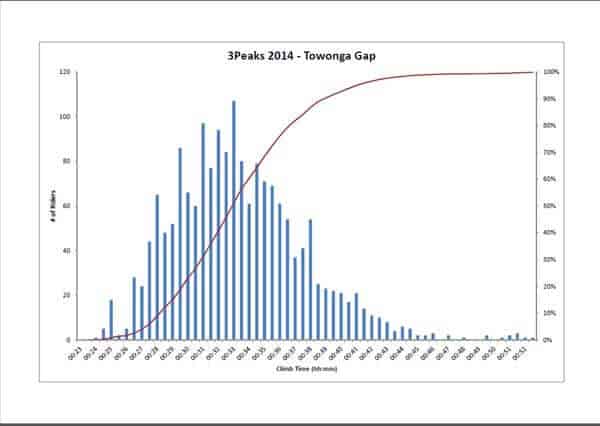
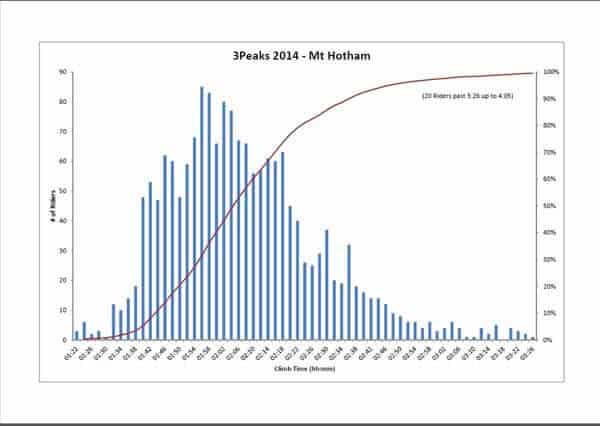
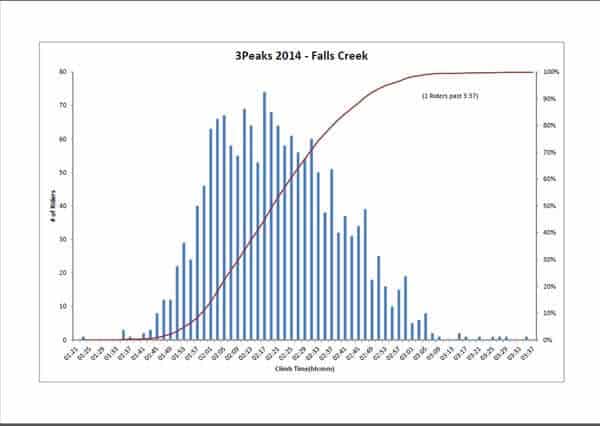
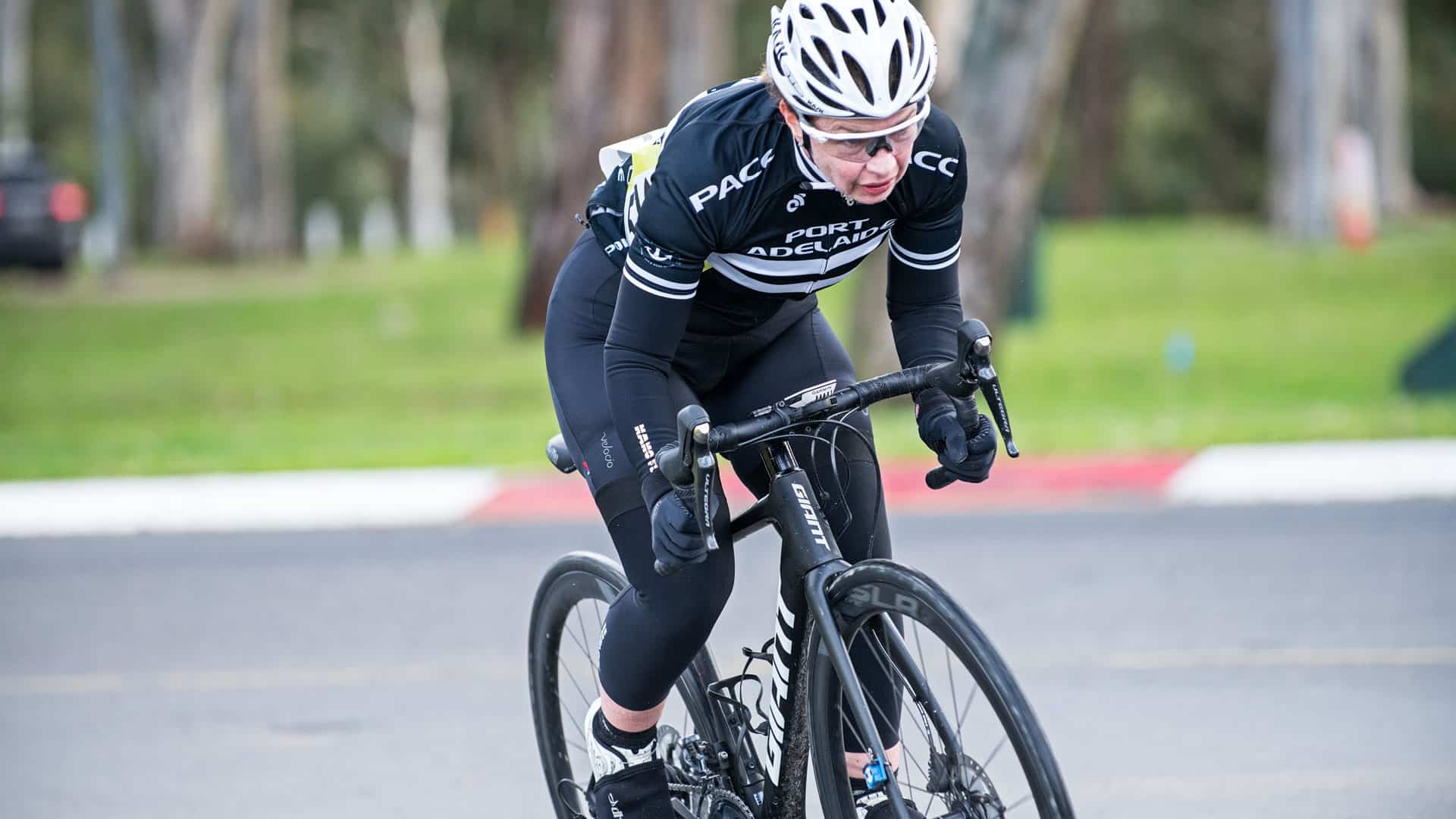
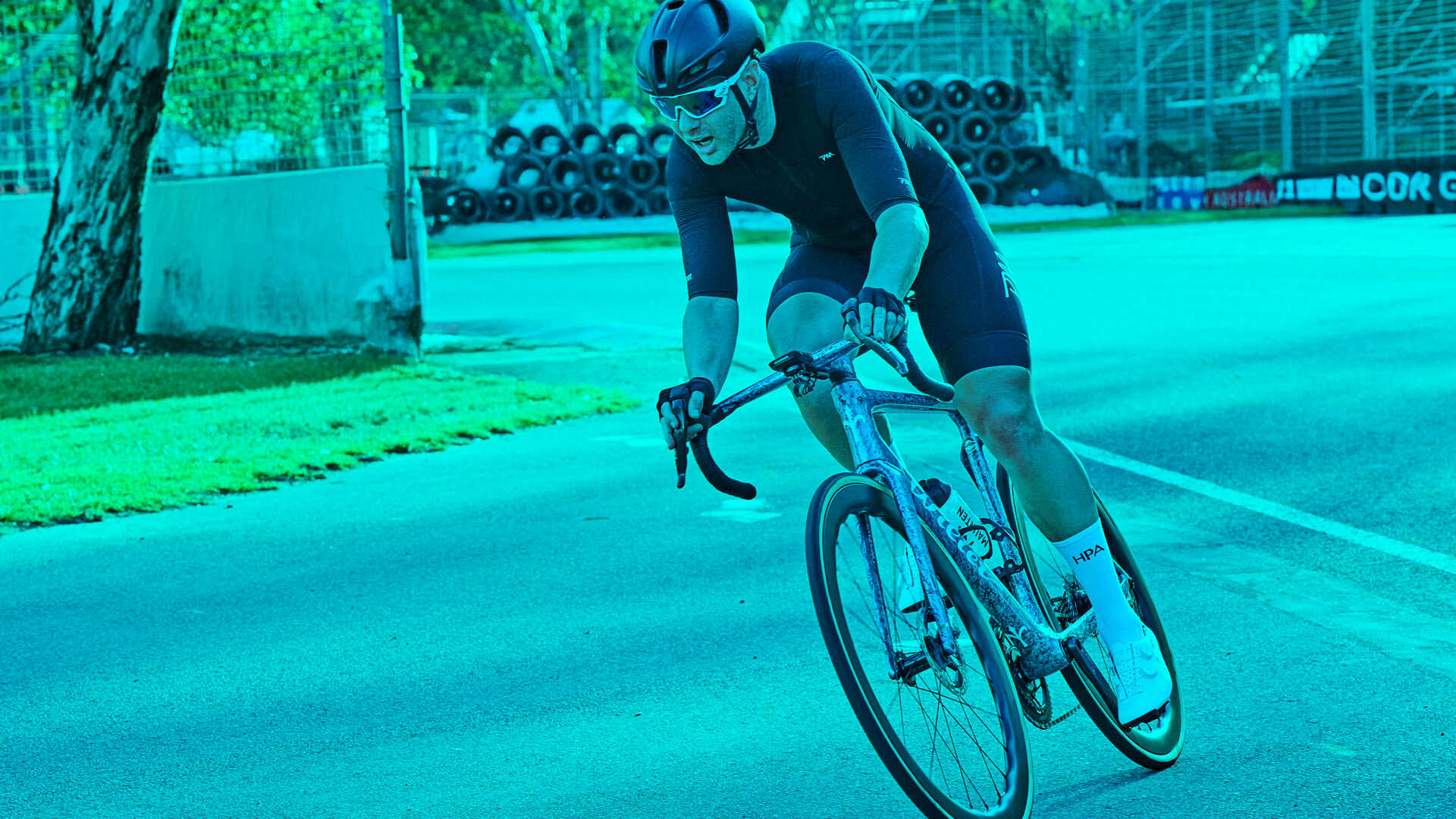
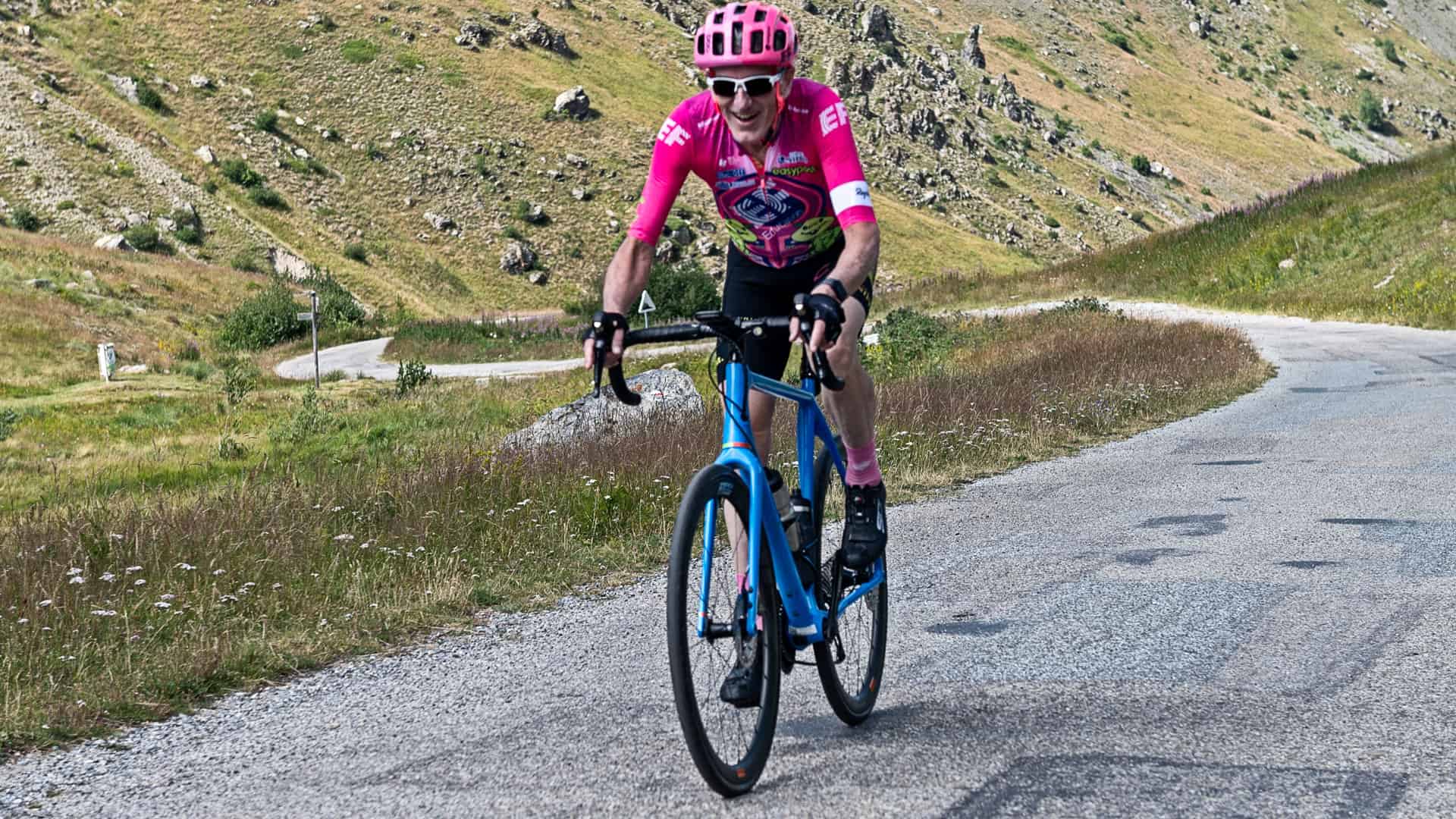
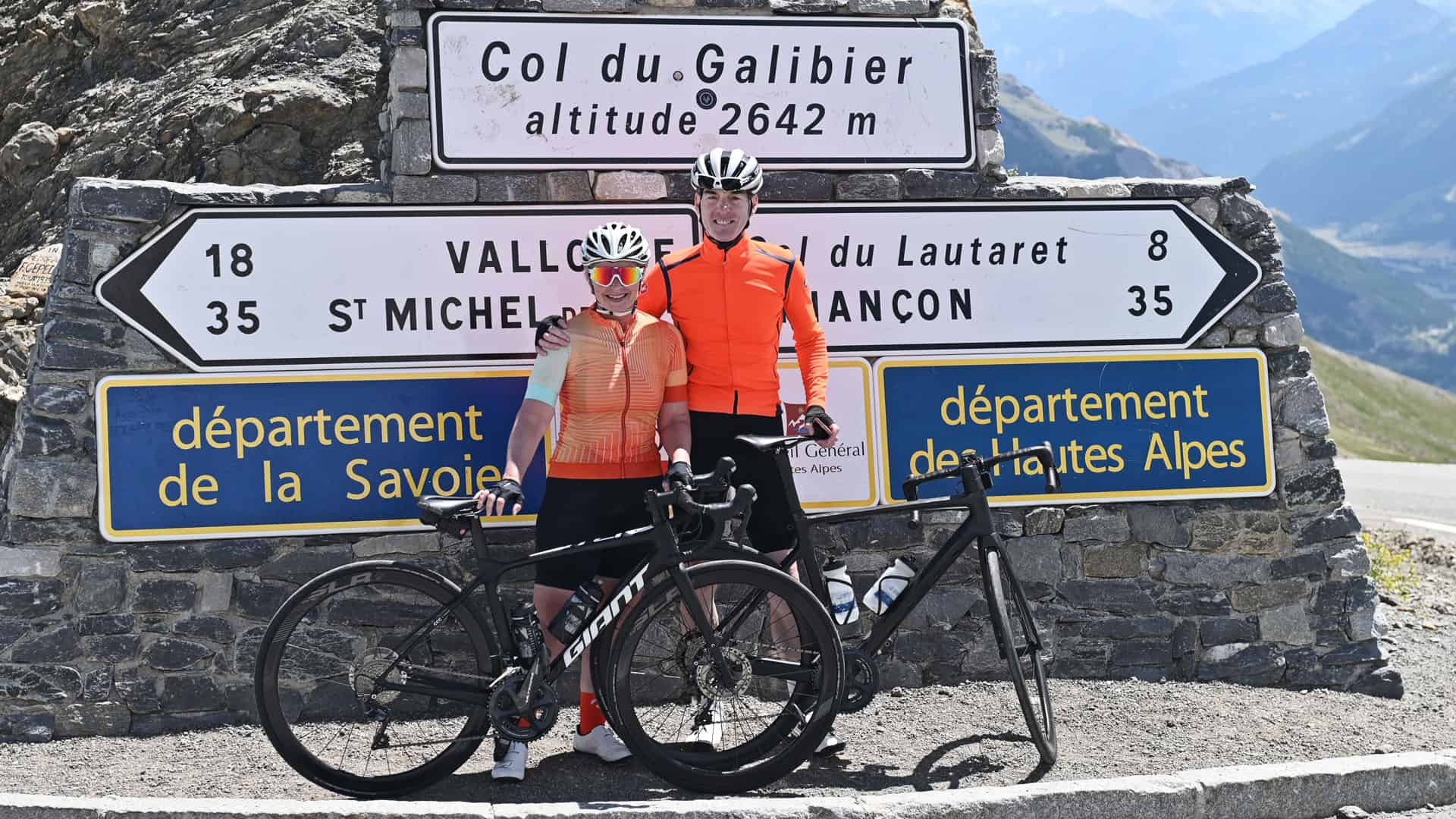
Leave A Comment